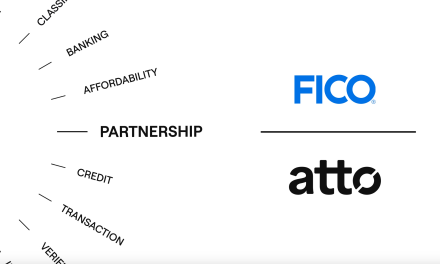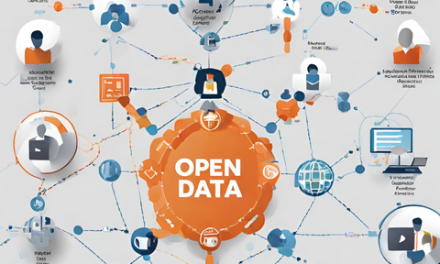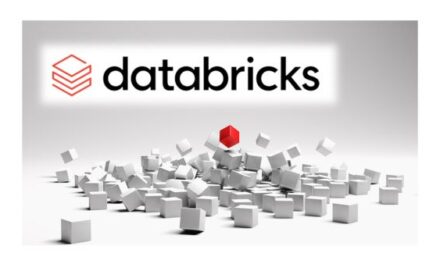Companies struggling in the pandemic-stricken economy are searching for growth opportunities. Fortunately, there is one resource hiding in plain sight – and it’s in the IT department.
Some 68 per cent of data available to enterprises ends up not being used. That’s the key finding from an IDC survey commissioned by Seagate Technology, published in the report Rethink Data: Put More of Your Business Data to Work – From Edge to Cloud. The remarkable percentage identifies a loss, but also a business opportunity. Improved data management, combined with the new discipline of DataOps, holds the key to this opportunity, not just for IT departments but for businesses as a whole.
When it comes to digital, businesses must adapt to thrive
The key question is not whether a company will be digitally disrupted, it’s how. Consider London’s home-grown fintech champions, such as TransferWise, Monzo and WorldRemit: each has in its own way used a data-driven approach to build compelling products and services that are highly competitive with the established players in the market.
Yet most businesses fall well short of those fintech champions. Harvard Business Review reported that, on average, “more than 70 per cent of employees have access to data they should not, and 80 per cent of analysts’ time is spent simply discovering and preparing data. Data breaches are common, rogue data sets propagate in silos, and companies’ data technology often isn’t up to the demands put on it.”
DataOps to data value
So how can companies ride the digital transformation wave – and avoid being consumed by it?
According to Rethink Data, the top five challenges in putting data to work are: making collected data usable; managing data storage; ensuring needed data is collected; ensuring data security; and making the silos of data available. The good news is that 1,500 global enterprise leaders surveyed for Rethink Data identified the solution: DataOps.
IDC defines DataOps as the discipline of connecting data creators with data consumers. Fundamentally, this means employees talking about data, and using the right language when they do. It means robust data classification, and designating a purpose to each data set. DataOps is about figuring out what we want data to tell us. It’s about relying on technology, such as automation and virtualisation tools, to access data and use it to make better business decisions.
Implementing DataOps leads to better business outcomes – better customer loyalty, increased revenue, profit, and cost savings, better employee retention, and more. DataOps is both the means of digital disruption and the way to prevent falling victim to it.
Its importance means DataOps should not be delegated to IT and forgotten. It should be the responsibility of all business leaders.
The way I see it, the technological implementation of DataOps is essential – and relatively easy. The human part is trickier. DataOps starts and ends with communication – conversations about what we know, and what we want learn. It’s time for enterprise leaders to start having these conversations, stop overlooking the value unlocked by DataOps, and put all their unused data to work.
Jeff Fochtman is senior vice president of marketing and business at Seagate Technology.
Source: Business Reporter



























